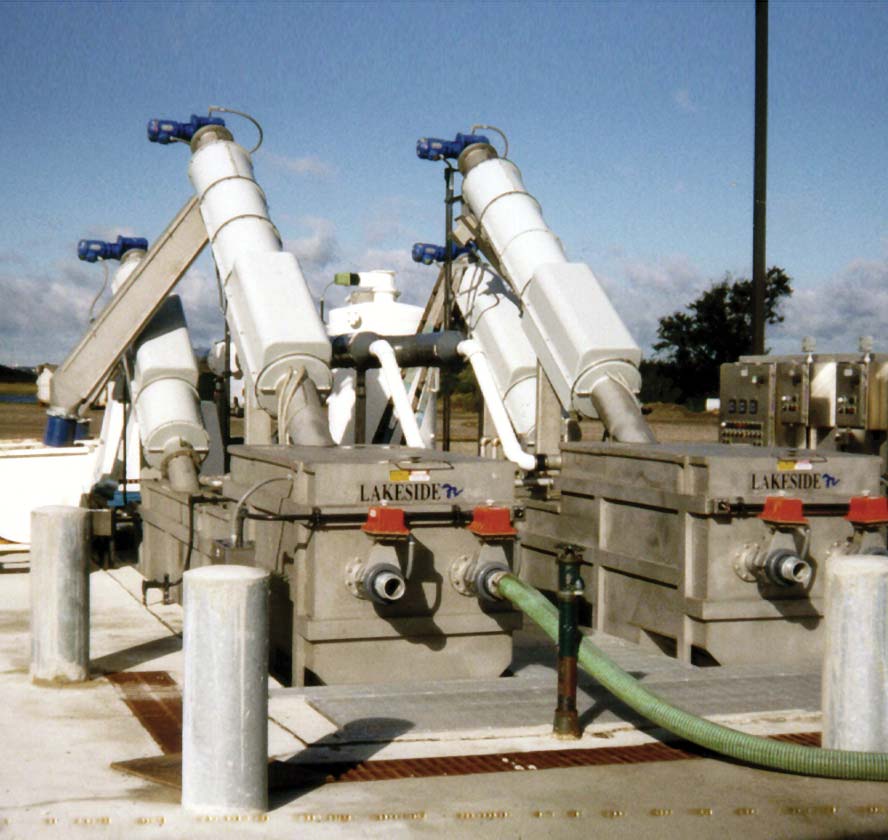Water treatment technology has come a long way. New Jersey’s Jersey City started everything by being the nation’s first city to regularly treating water for the community’s residents. That was 1908. Within 10 years, thousands of other communities followed suit and helped lower the rates of disease and infection linked to contaminated water.
At the time, cholera and typhoid fever were two of the most common diseases spread through contaminated water. By 1920, less than 20 years from the nation’s first water treatment system, the number of cases declined from 0.001% of the population to approximately 0.00034%. Advancements in water treatment continue to help eliminate these diseases. In 2006, the number of cases was minuscule at 0.000001%.
Today’s focus isn’t all on quality. Today’s water treatment advancements focus on everything from energy efficiency to recycling wastewater. Here are five innovations in water technology you need to know about.
Solar-Powered Water Treatment
The reliance on electricity has been a concern for water treatment. If a power grid is knocked out for days following a catastrophic event or storm, it can severely impact water treatment plants. The loss of pressure can allow contaminants to get into groundwater. If a pump shuts down, untreated sewage could get into nearby streams, rivers, and lakes.
Zero-emissions is another focus. Cleaner air is important for the world. The more people embrace green practices, the less impact these processes have on the environment. There’s also the cost of running a plant. Water treatment is paid for through water bills. Homeowners may struggle with increasing bills. Keeping costs low for the community is important.
One of the ways companies are working around this is by tapping into the sun’s energy. An Arizona water treatment plant installed close to 23,000 solar panels to produce the bulk of the energy needed to operate the plant. By switching to solar power, the plant expects to save more than $1.6 million.
The Sun Can Also Help Process Hydrogen
Hydrogen is used in everything from the fertilizer that farms use to plastics manufacturing. Princeton University came up with a way to draw hydrogen from wastewater using the power of the sun. By creating a silicon processing chamber, bacteria and sun work together to force the water to split. The hydrogen bubbles to the top where it can be collected and used in industrial settings. The water continues on its way through the water treatment plant.
Turning Algae Into Biofuel
Gas-powered cars are the norm. Many heating systems rely on propane and kerosene. Researchers have been working hard to find alternatives to gas. Researchers are looking at algae as an option. With an algae water treatment plant, it can double as a biofuel plant.
Some wastewater treatment plants use algae to process some of the waste. After the effluent is treated, you have algae left over. That algae can be converted into biofuel. Algae used for treating water also helps lower electricity use. A Cal Poly study compared a nutrient-removal system to an algae system and the cost dropped from around $950,000 per year to $300,000.
Membrane Water Treatment
A water treatment plant in Singapore is testing out technology designed to reduce liquid waste by more than 90%. A fiber membrane filter allows water to pass through the filter at speeds that are 30% faster than current filtration systems. The metals in the wastewater the filter processes go into a concentrated liquid that can be reused in other industries. It’s believed the energy savings will be five times less at a membrane filtration plant.
Improved Stormwater Management
In the country, heavy rainfall puddles on the ground and eventually works its way through the soil where it’s filtered. In a city, that heavy rainfall rushes to the sewers where it can overload a water treatment plant. It may back up and cause flooding that causes erosion.
Stormwater management techniques are being developed to help prevent this. Some of the methods being used are to have water from rooftops go into gutters that connect to rain barrels. Those rain barrels can be used to water gardens. Rain gardens are popping up on the sides of city streets to collect runoff. It adds greenery to city streets, which also boosts oxygen going into the environment. This all lowers the rush of water going to water treatment plants or running into streams and lakes where the polluted water enters the water source without first being treated.
Lakeside Equipment understands the advancements the water treatment industry has seen. Founded in 1928, we’ve helped customers around the world create clean water for people in a cost-effective manner. We pride ourselves on quality systems that match your budget. Call us for more information.








